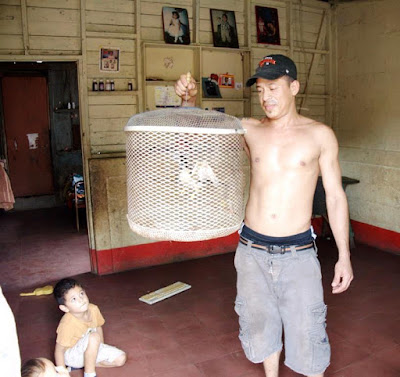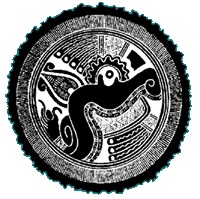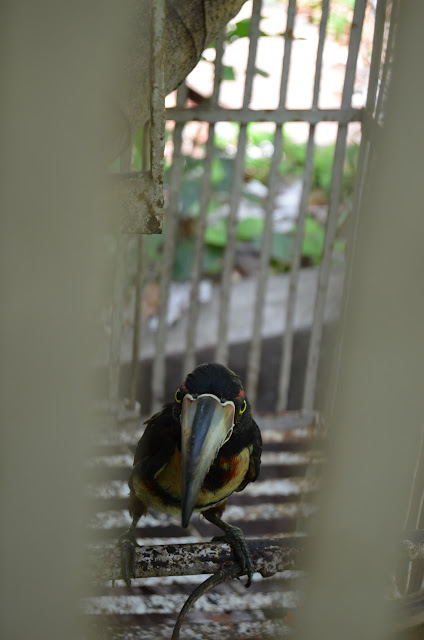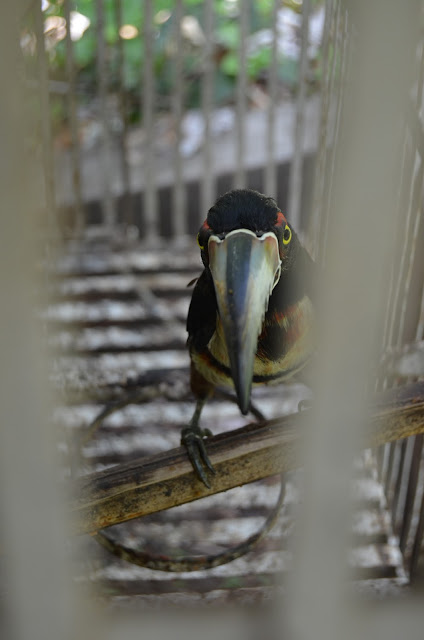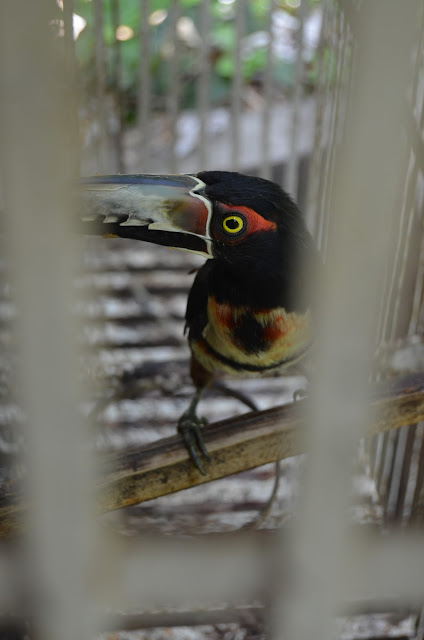The first component of a visit to
Estacion Biologica, no matter how you look at it, is
Laguna de Apoyo. It is not enough to see it from afar. One must get in and live the lake in all its warmth.
Laguna de Apoyo is important to
conservation and
biodiversity specialists because of its fish, but any visitor to the lake must simply get in and experience it. Swimming is an essential activity to any visit.
 |
| Where would you rather be? |
At
Estacion Biologica Laguna de Apoyo, something is always going on, beyond just being pretty. People are studying the Spanish language and Nicaraguan culture, caring for injured and rescued wild animals, studying the wild nature and social aspects of the
Laguna de Apoyo Nature Reserve, or just relaxing and getting ready for the next big event. Meals are a great time to come by, because there is always a story to share. Come and study
Spanish with us,
volunteer, or
just share some time and conversation.
 |
| Reading on the patio at Estacion Biologica, with macaws and laundry, just another day. |
We try to live as close to nature as possible. We don't use lots of harsh chemicals, and the trees literally drape over us. Sometimes monkeys awaken us at night, driven by a full moon when they are foraging for a hard-to-reach
mango. A component of the wild nature that sometimes unsettles the uninitiated is the occasional
tarantula. These animals are around and eliminate small vermin, but do not bite humans unprovoked. We don't kill them, we simply encourage them to take their hunts for food outside.
The monkeys are to be experienced in any trip to
Laguna de Apoyo Nature Reserve. The most common monkey species is the Golden-mantled Howler Monkey, but White-faced Capuchin Monkeys are also found in the reserve. Neither wants to be a pet, and wild animals should be allowed to be born, live and die in the forest, not in a cage.
 |
| Howler monkeys eat leaves and some ripe fruits. |
Butterflies count among the most lovely aspects of the forest inside
Laguna de Apoyo Nature Reserve. Some are brilliantly colored, others with subtle colors and patterns that hide them, but on closer inspection, their designs are noted for complexity and elegance.
 |
| A Hamadryas butterfly rests in its typical wings-down pose. |
Any visitor to Nicaragua notes that dogs are ubiquitous and often, poorly treated.
GAIA is working with the National Assembly of Nicaragua to implement better laws and regulations to enforce humane treatment of animals, both domesticated and wild. Our beloved Bella is always willing to go for a walk or some intimate discussion.
 |
| Bella is a beloved member of our family at Estacion Biologica. |
The forest in Laguna de Apoyo Nature Reserve is fabulous, but under constant threat.
GAIA has planted thousands of trees and husbanded them to mature sizes. These forests are habitat to wild cats, monkeys, iguanas, and many more animals.
 |
| You never know who you might see at Laguna de Apoyo. Photo Jen Moran. |
We want you to visit, to chat and learn, and if you would like, to stay and share more. Come and visit, study
Spanish, or help us save wild nature in Nicaragua. Please come by!
 |
| GAIA volunteer Jen Moran (photo credit) joins the HEAT crew in scaling a tree. |
You can help us keep nature wild in Nicaragua, by volunteering your time with us or making a small donation to support
our projects in wild nature conservation.
